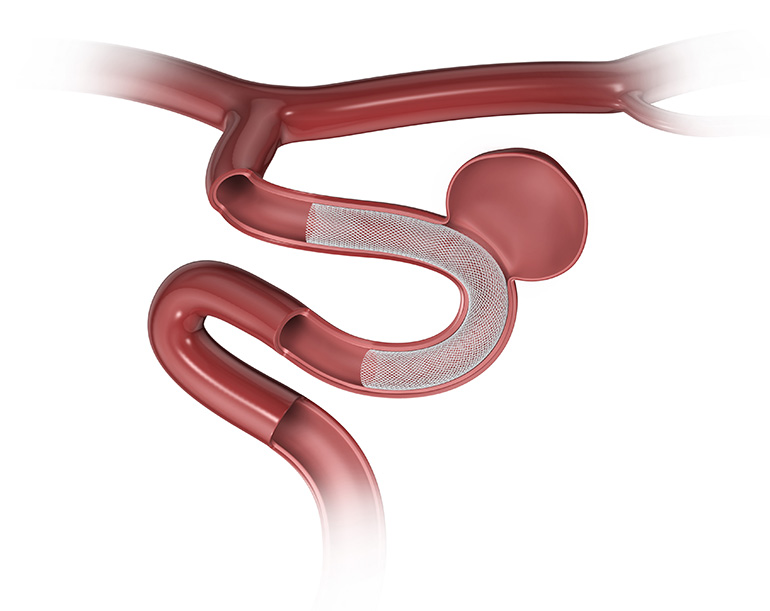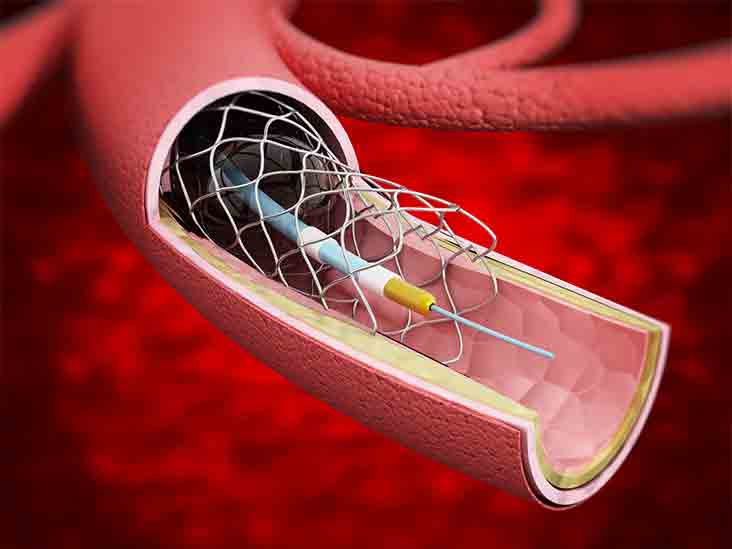Motivation
Clinical Need

Globally in 2017, there were around 27.2 million hemorrhagic strokes reported. The main cause for hemorrhagic strokes is cerebral aneurysms bursting. In the US alone, 30,000 suffer aneurysm ruptures per year. Even more concerning is that many individuals may have an unruptured brain aneurysm and not even know it. It is estimated that 1 in 50 people have an unruptured aneurysm.
Current Treatment

Current treatments are invasive or limited in the aneurysms they can treat. A newer technology is a flow diverter stent, a tubular braided stent delivered via minimal invasive procedure that can treat larger wide-necked aneurysms. It diverts blood flow away from the aneurysm and into the parent vessel.

Current Issue With Design Process
The prototyping and testing of a physical stent prototype is
time-consuming and costly, taking on the scale of weeks to months and costing thousands of dollars to perform.
Competitor Analysis

The global intracranial stent market size was valued at US$ 313.5 million in 2017 and is projected to experience a 15.6 % of CAGR over the period of 2018-2026. Some of the main competitors of Medtronic in the intracranial stent market include Microvention Terumo, Balt Extrusion S.A., Abbott Laboratories, Stryker Corporation, and DePuy Synthes. Our project will assist in the generation of new stent designs that will enable Medtronic to develop products with advantages over its competitors.
Project Goal
Stentacular aims to semi-automate the CAD modeling of braided flow diverter stents to allow design engineers to more quickly iterate and develop life-saving neurovascular treatments.
Learn More About Our Project